I first visited mountain gorillas in the wild in 1986, in what was then eastern Zaire (now Democratic Republic of Congo). Even then, on arrival, we were asked by local gorilla experts if anyone had a cold or felt sick, and if so, please don’t visit the gorillas since the infection could potentially be passed to them. If they had no resistance, that could wipe out the entire critically endangered subspecies.
We have known for a long time that gorillas and other great apes are susceptible to pathogens from humans.
Fast forward 20 years and those of us going into the forest to visit wild lowland gorillas in the Republic of Congo had to wear face masks and stay at least 25 feet away from them, again to ensure that we didn’t transmit any illness. So we have known for a long time that gorillas and other great apes are susceptible to pathogens from humans.
The current pandemic has made us acutely aware that so-called zoonotic diseases can pass between wild species and humans. This is especially true when we bring wild animals into markets in areas of high human density, as was probably the case with COVID-19. The exact route of transmission has not yet been confirmed, but one likely route was from bats to pangolins to humans. These species are not closely related to each other or to us, yet it is at least theoretically possible that the virus could transfer between them.



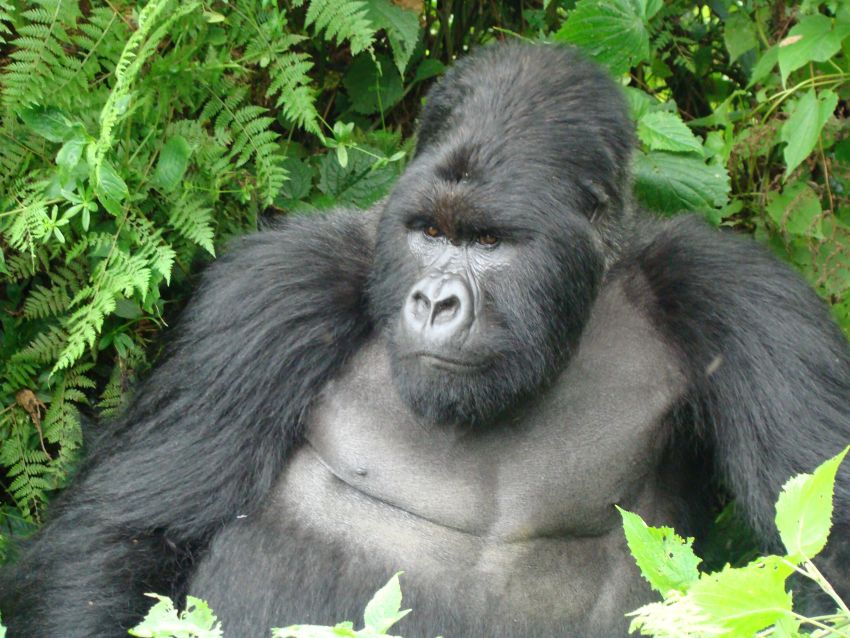
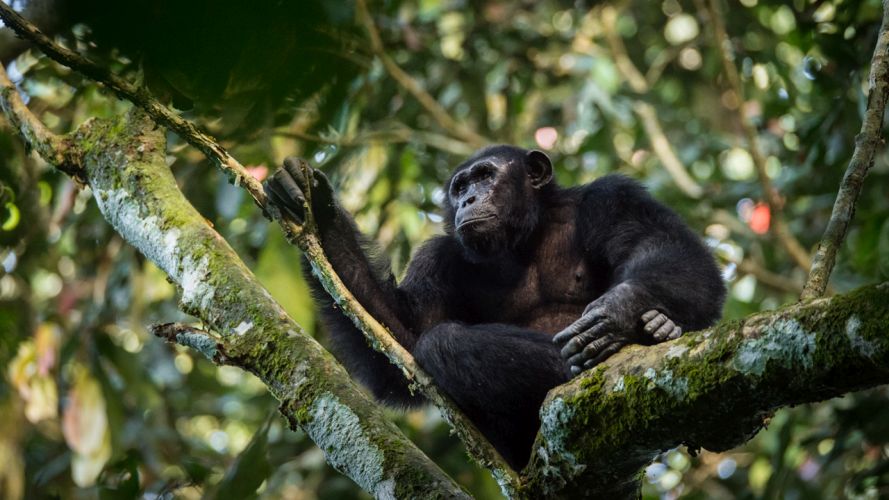
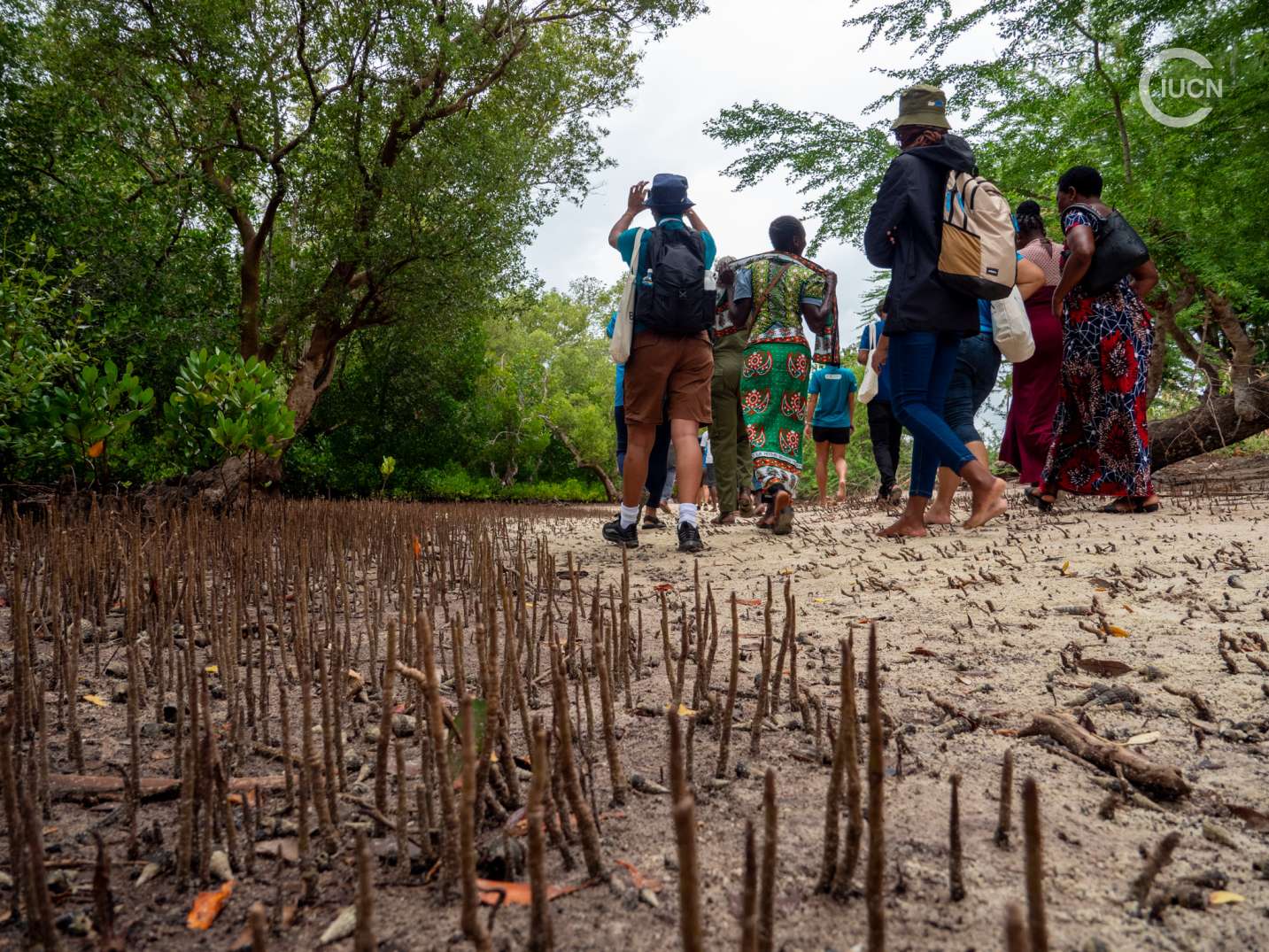
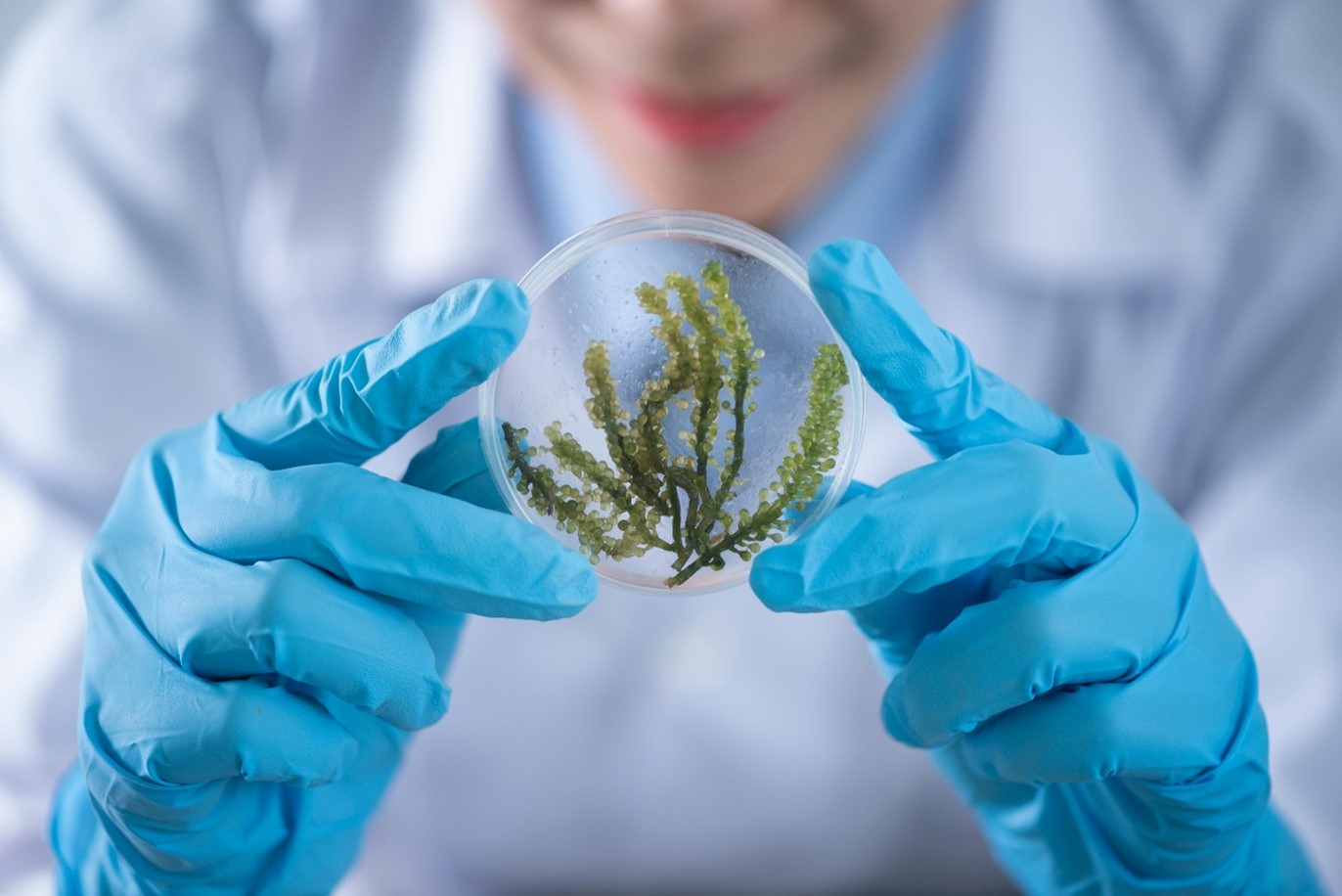
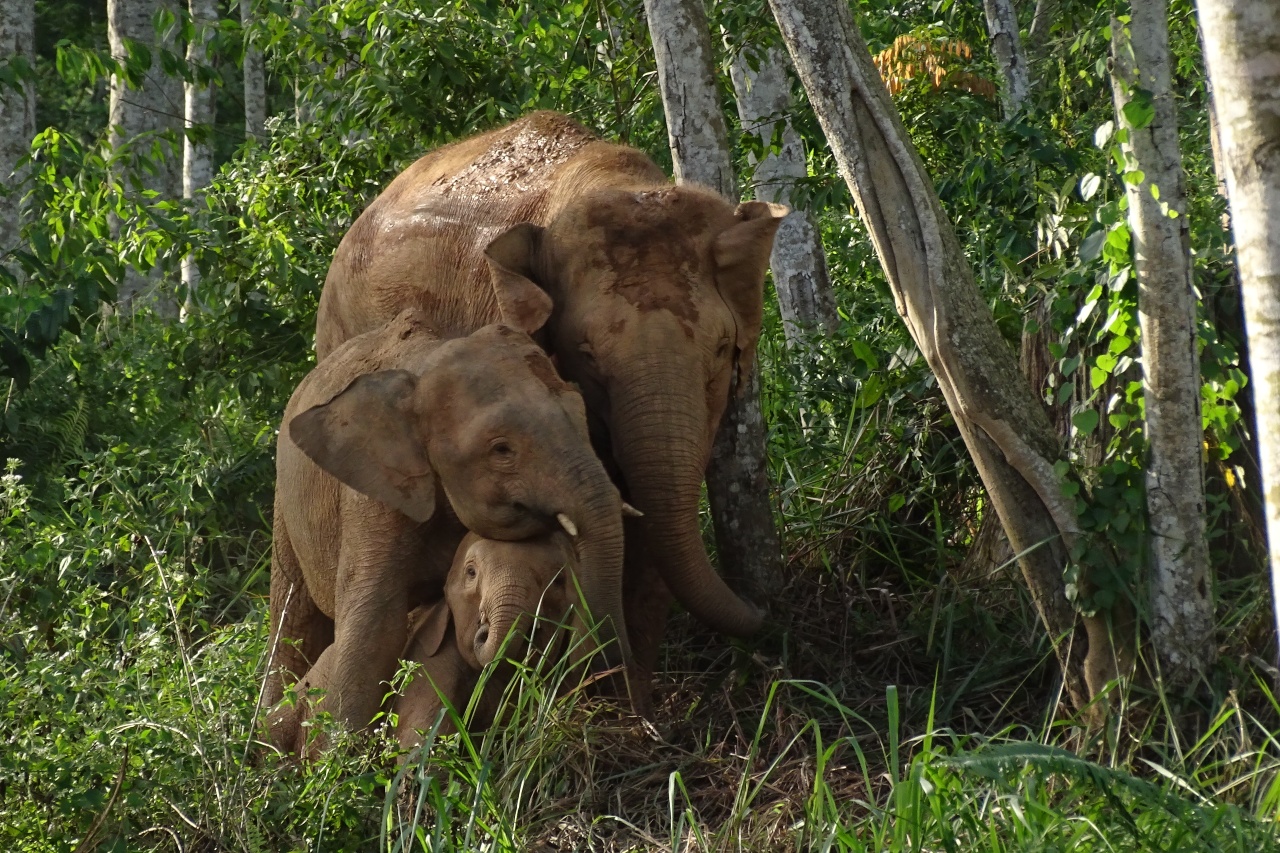

Add new comment